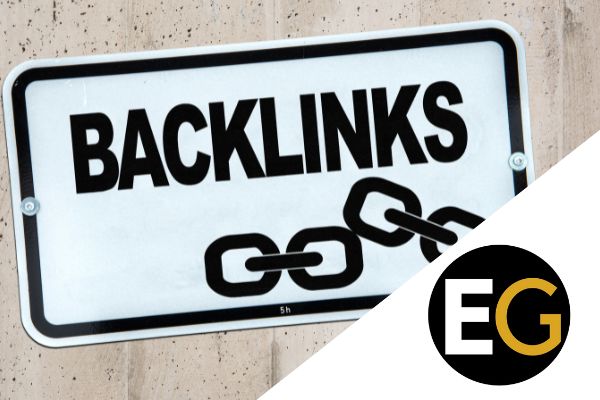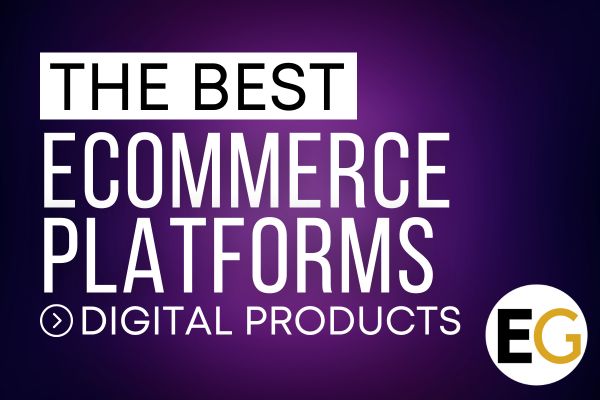How to Start a Shopify Business – A Beginner’s Guide
Then this guide is perfect for you as it takes you through the steps you need to lay the foundations of a successful business.
EcommerceGold is reader supported and we may earn a commission from products or services purchased through links on our site at no additional cost to you, to learn more please see our affiliate disclosure.
1. What Are You Going To Sell?
The foundation of your Shopify business is the products that you sell and due to the flexbility of Shopify, there are a number of options available to you and you can choose:
If you haven’t already decided what you are going to sell, doing research (like checking out our 75 product ideas list) is a great place to start but there needs to be a reason why you are selling that product, other than trying to make money.
- Does it solve a problem or pain point? These are products that people need
- Does it satisfy a desire? These are products that people want and are often non-essential and sometimes luxury products
If you are going to be selling a physical product, you need to decide on your business model and once again, there are a few options:
The final step in selecting a product is to check whether it is going to be viable and profitable to sell and this involves:
- Is there demand for the product? This requires doing research into the market (having knowledge of the market or niche can be very helpful) to see whether people are looking for and buying these types of product
- How big is the market? You need to have an idea as to the market size in order to gauge whether there is enough potential customers to sustain your business
- Is the market saturated? You want to have some competitors as this shows there is a market out there but you don’t want to enter into a saturated marketplace as it will be difficult to make your business stand out
- Are these products profitable? will you be making a profit on each product and when factoring in market size, can you sell enough to create a profitable business that is worth the time and effort?
A simple product calculation formula is:
Sale Price + Shipping (if applicable) – Cost Price – Costs (Shipping, Packaging etc) – Fees (payment gateway fees etc) – Cost of Sale = Profit per product
You then need to do the for the business as a whole and take the projected profit from product sales and see if that covers the business costs and then see if the remaining profit is enough to cover your time.
This is a very simplified breakdown but you need to see whether or not you have a potentially viable business.
2. Create A Marketing Strategy
Many people and guides talk about marketing after you have built your store but you need to have a marketing plan in place before you buy a domain name or sign up to Shopify.
But why? Simply because marketing is the most important part of your business, you can have the perfect product but if you don’t have a plan for how you are going to get it in front of your customers, you business is doomed to fail.
There are lots of ways to market a Shopify store but some of the more popular options can be broken down into short and medium/long-term strategies but before that you need to identify one thing:
What Is Your USP?
If you don’t know what USP is, it stands for Unique Selling Point and basically means what makes your business different from all the others out there?
One thing your USP shouldn’t be is that you are the cheapest as this just gets you involved in a race to the bottom and this just isn’t a sustainable business model.
Your USP is what makes people buy from you and is a core element of your marketing and branding, so it is important to figure this out early and also check to make sure that it is actually going to work as a USP.
Short-Term Marketing Strategies
These are strategies that help bring in sales quickly but have no real long-term marketing benefits and these include:
These are all great ways to generate sales (as long as you find the right words to target and influencers to partner with) but as soon as you stop paying, you won’t be generating any leads.
Medium to Long-Term Marketing Strategies
These are strategies that take more time to see results from but the results can (not guaranteed) provide a better ROI than paid ads and these include:
Your marketing strategy should be a mix of short and long-term strategies and what you don’t want to do is become reliant on a single strategy (such as Facebook ads) as things outside of your control can change and have a huge impact on your business.
Top Tip – Start marketing your Shopify store before you launch, start building your audience and email list as this can help you generate sales from day 1, rather than building your site and then trying to get people to it.
3. Branding Your Shopify Business
The next step is to start branding your business and I’m not going to be talking about logos and color schemes here, instead the more fundamental elements of branding.
The most important part of your brand is your name and coming up with the right name can be very challenging for more reasons than you may think:
- Is anyone else using the name and more importantly, is it trademarked?
- Is the domain name available?
- Are the social media accounts for the name available?
This is key for brand continuity as you want to have the same name across all of your online outlets and there are some things you want to think about for your business name:
When it comes to your domain name, there are also some things to consider:
- Always use top-level domains – these are .com domains for US and international stores or if you are targeting a specific country, then go for its TLD, such as .co.uk or .com.au (Australia), try and avoid alternatives like .net, especially if someone is using the .com for an active business
- Avoid hyphens and numbers – I know, we use a hyphen but these should be avoided if possible
This may seem like a lot but getting your branding right from the start can pay dividends later on.
4. Building Your Shopify Store
Now we get on to building your Shopify store and that obviously includes signing up with Shopify.
We aren’t going to cover all the steps here as we have created a Shopify tutorial that covers things like:
- Getting all your settings configured
- Add payment methods
- Setting up shipping
- Adding products and collections
But there are some other things to think about on your store, these include:
Some people make it look so easy to build a Shopify store and while you can set a basic store up in less than an hour, the reality is that to get a store ready to go live takes a bit longer and it is always best to try and iron out any problems before you go live.
Conclusion
The key to starting a successful Shopify business comes down to good research and planning.
Yes, you can try winging it but you are likely to waste a lot of time, energy and money that would have been better spent on creating a good plan.
But on the other end, you don’t want to get completely bogged down in this and spend months or even years trying to plan for everything.
Just come up with a good, solid and workable plan that is based on research and data and then start executing it as things change in business and you can’t plan for everything.
Hi, I'm Paul, the Owner and Founder of EcommerceGold.
I ran my own Ecommerce Business for over 7 years and now help others start their own online retail empires!







